-2024.jpg)
Durga Ashtami, also known as Maha Ashtami or Durga Puja Ashtami, is one of the most powerful and sacred days of Navratri. It falls on the eighth day of the festival and is dedicated to worshipping Goddess Durga in her fierce and protective forms. In 2026, Durga Ashtami 2026 will be observed on Monday, October 19, 2026 , and holds special importance for devotees across India.
This day marks the moment in the Durga Ashtami story when Maa Durga, in her fierce form as Kali and Chamunda, destroyed the demons Raktabeej, Chanda, and Munda. It is believed that performing Ashtami Puja, keeping the Durga Ashtami Vrat, and following the Durga Ashtami Puja Vidhi with devotion grants divine protection, strength, and blessings. The rituals also include Kanya Puja, Naivedyam offerings of Halwa, Puri, and Chana, and the powerful Sandhi Puja performed at the junction of Ashtami and Navami.
More than a festival, Maha Ashtami Durga Puja is a celebration of feminine power (Shakti), reminding us of the victory of good over evil.
When is Durga Ashtami 2026: Date, Tithi & Puja Time
In
2026
,
Durga Ashtami (Maha Ashtami)
will be observed on
Monday, October 19, 2026
.
This day falls during
Sharad Navratri
and is one of the most auspicious and spiritually significant days of the entire festival. Devotees perform Ashtami Puja, offer prayers to Goddess Durga in her Mahagauri form, and observe the Durga Ashtami Vrat with deep devotion.
Durga Ashtami Tithi Begins:
08:27 AM, October 18, 2026
Durga Ashtami Tithi Ends:
10:51 AM, October 19, 2026
The most important ritual of this day, Sandhi Puja, is performed at the exact juncture of Ashtami and Navami Tithi. This period, known as Sandhi Kaal , is considered one of the most sacred and powerful times of Navratri. The Durga Ashtami Puja Muhurat may vary slightly based on location but should always fall within this tithi window.
Masik (Monthly) Durga Ashtami Dates in 2026
- January 26, 2026 (Monday) – Magha Shukla Ashtami
- February 24, 2026 (Tuesday) – Phalguna Shukla Ashtami
- March 26, 2026 (Thursday) – Chaitra Shukla Ashtami
- April 24, 2026 (Friday) – Vaishakha Shukla Ashtami
- May 23, 2026 (Saturday) – Jyeshtha Shukla Ashtami
- June 22, 2026 (Monday) – Jyeshtha Shukla Ashtami
- July 21, 2026 (Tuesday) – Ashadha Shukla Ashtami
- August 20, 2026 (Thursday) – Shravana Shukla Ashtami
- September 19, 2026 (Saturday) – Bhadrapada Shukla Ashtami
- October 19, 2026 (Monday) – Ashwina Shukla Ashtami (Maha Ashtami / Durga Puja)
- November 17, 2026 (Tuesday) – Kartika Shukla Ashtami
- December 17, 2026 (Thursday) – Margashirsha Shukla Ashtami
These Masik Durga Ashtami Vrat dates are considered highly auspicious. On each Shukla Paksha Ashtami, devotees keep fasts, perform Durga Puja, and seek the divine blessings of Maa Durga for strength, protection, and prosperity throughout the year.
Durga Ashtami Story – Why is Durga Ashtami Celebrated?
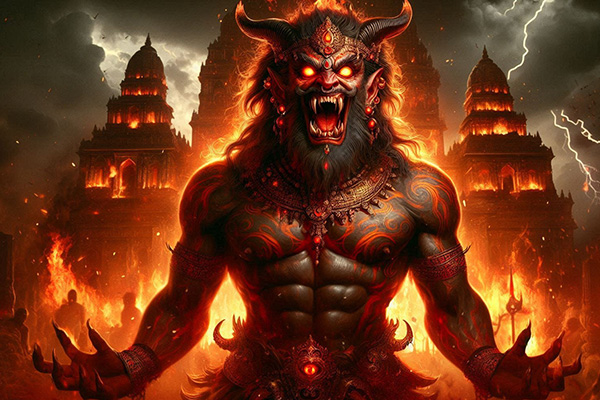
The Durga Ashtami story is rooted in the eternal battle between good and evil. According to the legends, a powerful demon named Mahishasura received a boon from Lord Brahma that no man or God could defeat him. Empowered by this blessing, Mahishasura began terrorizing the three worlds, driving even the devas from heaven.
To restore balance, the Divine Trinity- Brahma, Vishnu, and Mahesh- combined their powers and created Maa Durga, the embodiment of divine feminine energy. With ten arms carrying celestial weapons and riding a lion, she was born to defeat evil.
During Sharad Navratri, the fierce battle between Maa Durga and Mahishasura lasted nine nights and ten days. On the eighth day, or Durga Ashtami (Maha Ashtami), the goddess assumed her most terrifying forms. She became Maa Kali to destroy the demon Raktabeeja, whose blood drops created countless clones of himself. To stop him, Kali drank every drop of his blood before it touched the ground, ensuring his destruction. She also slew the demons Chanda and Munda, earning the name Chamunda.
Finally, Maa Durga pierced Mahishasura’s chest with her trident, bringing an end to his reign of terror. This is why Durga Puja Ashtami is celebrated as the day when divine light triumphed over darkness.
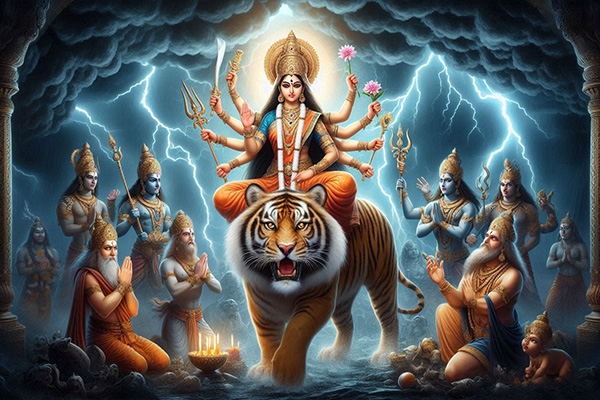
The Durga Ashtami significance lies in this victory of good over evil. It reminds devotees that no matter how strong negativity may seem, the divine power of truth, courage, and purity will always prevail. Every year, Maha Ashtami Durga Puja is celebrated with great devotion, honoring the goddess’s strength and seeking her blessings for protection, courage, and prosperity.
This tale is also why Durga Ashtami 2026 and every Masik Durgashtami are regarded as powerful days to keep the Durga Ashtami Vrat, perform Ashtami Puja, and connect deeply with the divine feminine energy.
Durga Ashtami Puja Vidhi- How to Perform Ashtami Puja
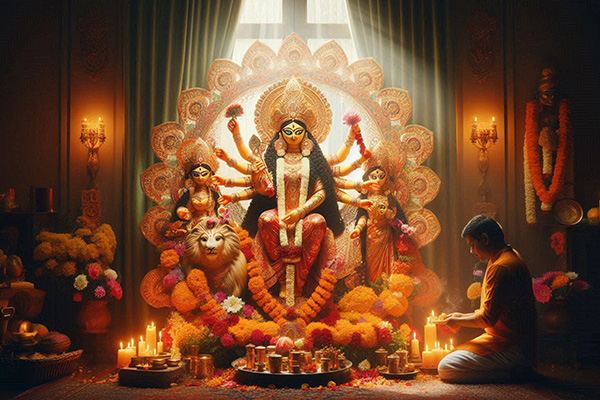
On this important day, devotees perform the Durga Ashtami Puja Vidhi to honor Goddess Durga and seek her blessings. The Ashtami Puja begins early in the morning after taking a holy bath during the Brahmamuhurta (4 AM to 6 AM), when divine vibrations are at their peak. Devotees wear clean clothes and prepare the altar for the Durga Ashtami pooja.
Step-by-Step Durga Ashtami Puja Vidhi:
- Place nine earthen pots in the center, representing the Navadurga, and worship them. This ritual invokes the nine Shaktis of Maa Durga.
- Set up a picture or idol of Goddess Durga on the altar.
- Offer a red ‘Dupatta’ (Chunri) or Saree to the goddess, along with the Durga Saptshati book.
- Prepare a Kalash filled with holy Ganga water and cover it with mango leaves.
- Keep traditional puja samagri like roli, mauli (sacred thread), sandalwood paste, coconut, rice grains, betel nuts, betel leaves, cardamom, cloves, fresh grass, kumkum, and gulal.
- Light a ghee lamp (deepa) and incense (dhupa), and offer fresh flowers, kumkum, rice grains, and roli to the goddess.
- Prepare Durga Ashtami Naivedyam of Halwa, Puri, and Chana, which is offered to the goddess along with fruits and sweets.
- During the Maha Ashtami Puja, devotees chant mantras and recite prayers like Durga Chalisa and perform Durga Aarti to conclude the rituals.
Ashtami Puja Time (Muhurat)
The Ashtami Puja time is considered highly significant for devotees performing the sacred Durga Ashtami rituals. Traditionally, Ashtami Puja is observed during the Ashtami Tithi, with special importance given to the morning and evening worship hours.
For Durga Ashtami 2026, the timings are as follows:
Date: Monday, October 19, 2026
Durga Ashtami Tithi Begins:
08:27 AM, October 18, 2026
Durga Ashtami Tithi Ends:
10:51 AM, October 19, 2026
In many traditions, the Sandhi Puja (the sacred transition period between Ashtami and Navami) is also observed with great devotion, as it marks the moment when Goddess Durga transformed into her fierce form to defeat the demons.
These Durga Ashtami puja timings guide devotees on what to do on Ashtami: observe fasts, perform puja with devotion, and offer prayers to Maa Durga for strength, prosperity, and protection.
Durga Ashtami Naivedyam
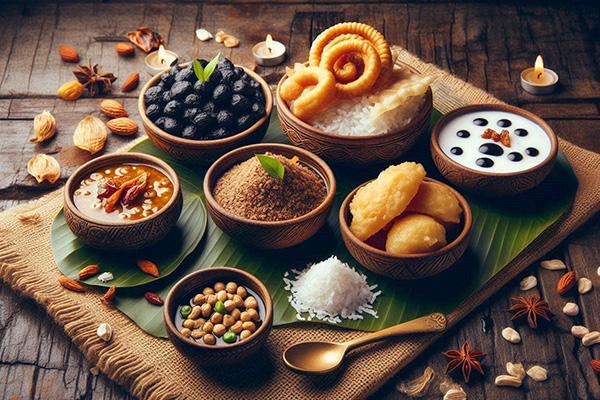
One of the most important parts of Durga Ashtami rituals is offering Naivedyam to the Goddess. Traditionally, devotees prepare Halwa, Puri, and Chana as the sacred offering during the Ashtami Puja.
Each food item has deep symbolic meaning:
- Halwa- represents sweetness, abundance, and auspiciousness.
- Puri- symbolizes nourishment and fulfilment of life’s needs.
- Chana- stands for strength, vitality, and perseverance.
This simple yet powerful Durga Ashtami naivedyam has been part of Indian cultural tradition for centuries. Prepared with devotion, these sattvic foods connect devotees with the goddess and her divine energy.
It is believed that offering Halwa, Puri, and Chana during Maha Ashtami 2026 creates a strong spiritual bond with the Goddess and brings blessings of prosperity, protection, and good health.
Durga Ashtami Mantra
Chanting mantras on Durga Ashtami 2026 is considered one of the most powerful ways to invoke the goddess’s blessings. Reciting them during the Ashtami Puja fills the atmosphere with divine vibrations and strengthens the spiritual connection with Maa Durga.
One of the most sacred and widely recited Durga Ashtami mantras is:
सर्वमङ्गलमाङ्गल्ये शिवे सर्वार्थसाधिके ।
शरण्ये त्र्यम्बके गौरि नारायणि नमोऽस्तु ते ॥
Sarva-Mangala-Maangalye Shive Sarvaartha-Saadhike |
Sharannye Tryambake Gauri Naaraayani Namostute ||
Meaning: “O Narayani, who is auspiciousness in all the auspicious, who is the fulfiller of all objectives, who is the refuge of all, with three eyes and a shining form- I bow to you.”
Devotees often recite this mantra while offering flowers (anjali), making it also known as the Ashtami Anjali Mantra. It is believed that chanting this mantra during Maha Ashtami puja removes obstacles, grants protection, and blesses the devotee with strength, peace, and prosperity.
Kanya Pujan on Durga Ashtami
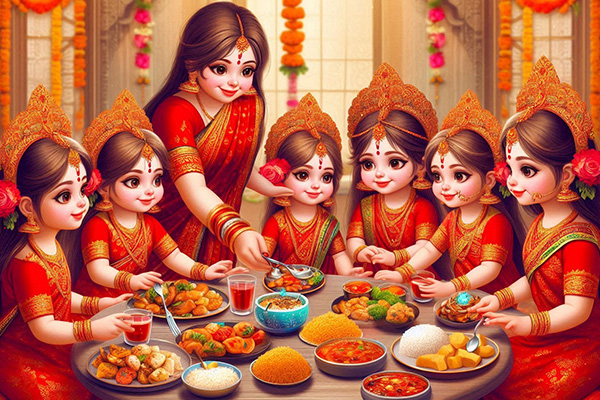
Traditionally, Kanya Pujan on Durga Ashtami or Navami Tithi during Navratri is considered one of the most important rituals of the festival. It is a very significant part of Durga Ashtami puja vidhi.
During Kanya Pujan, 8 young girls (under the age of 11 years) and 1 young boy (who represents Batuk Bhairav, the protector of all Shaktipeethas) are invited into the devotee’s home. These young girls are regarded as living forms of Maa Durga herself.
Kanya Puja Rituals (Vidhi):
- Wash the feet of the young girls as a sign of respect.
- Apply tilak to their foreheads.
- Tie a Kalawa (Raksha Sutra) on their right-hand wrists.
- Offer Naivedyam on Durga Ashtami such as Halwa, Puri & Chana (prepared in sattvic style without onion & garlic).
- Give them gifts like bangles, notebooks, pens, new clothes & money.
- Touch the young girls’ feet to seek the blessings of the Divine Shakti Goddess.
- Make the children sit on a pedestal, then perform Aarti, offer incense, and chant Durga Ashtami mantras.
This ritual is very prominent in the northern part of India. Usually, devotees observe a Durga Ashtami fast while performing these rituals and break their fast only after completing the puja. It is believed that performing Kanya Pujan on Maha Ashtami 2026 pleases Maa Durga and invokes her divine blessings of strength, prosperity, and protection.
Durga Ashtami Vrat Vidhi (Procedure)
On the sacred day of Durga Ashtami 2026, many devotees observe a Durga Ashtami Vrat as an expression of deep devotion and surrender to Maa Durga. The Durga Ashtami vrat vidhi varies, but the intent is the sam- to purify the body and mind, and to seek the goddess’s blessings for protection, health, and prosperity.
Some devotees follow Nirjala Vrat (waterless fast), where they do not eat or drink anything until all the rituals and Durga Ashtami puja vidhi are completed. Others observe a water-only fast, allowing themselves just plain water throughout the day.
The more common type of fast is the Falahar Vrat, in which devotees abstain from regular meals, grains, pulses, spices, and non-vegetarian food. Instead, they consume fruits, milk, and permitted fasting foods such as Sabudana (tapioca pearls), Singhara flour, Kuttu flour, or potatoes. Devotees observe this vrat from dawn until the completion of the puja or until moonrise.
This Masik Durgashtami vrat vidhi emphasizes self-restraint, devotion, and satvik (pure) living. By following the vrat sincerely, devotees are believed to be blessed with removal of obstacles, spiritual upliftment, and the grace of Maa Durga.
Durga Ashtami Vrat Katha
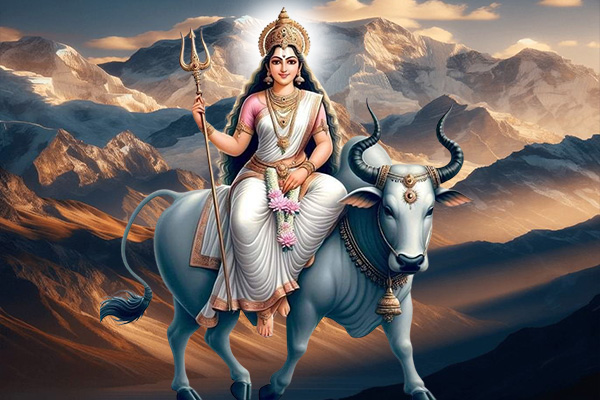
The Durga Ashtami vrat katha is deeply symbolic and reminds devotees why Durga Ashtami is celebrated every year with such devotion. On this sacred day, Goddess Mahagauri, one of the nine forms of Durga, is worshipped. Her stories reflect purity, strength, and divine transformation.
In one Durga Ashtami story, Mahagauri is described as a sixteen-year-old goddess with unwavering love for Lord Shiva. She performed severe penance to win him as her consort. Due to years of austerity, her body became covered with dust and lost its natural glow. Touched by her devotion, Shiva appeared and accepted her as his wife. Before their divine marriage, he asked her to bathe in the holy waters of Lake Mansarovar. As she entered the sacred waters, her body was cleansed of all dust and darkness, and she emerged as Mahagauri- radiant, pure, and glowing with unmatched beauty. From then on, she became the symbol of innocence, perseverance, and divine grace.
Another Durga Ashtami vrat katha tells the tale of demons Shumbha and Nishumbha, who spread darkness across the three worlds. To defeat them, Goddess Parvati transformed herself into Kaushiki. This form shone with divine brilliance after she bathed in the sacred Mansarovar waters, just as Mahagauri had done. With her luminous power, she destroyed the demons and restored balance to the universe.
These Durga Ashtami katha narratives reveal the Durga Ashtami significance, that purity of heart, penance, and devotion can conquer even the darkest forces. Observing the Durga Ashtami vrat and remembering these stories inspires devotees to live with determination, humility, and surrender to divine will.
Durga Ashtami Havan Vidhi
Performing a Durga Ashtami havan vidhi is one of the most sacred Durga Ashtami rituals. It is believed that offering a havan on Maha Ashtami 2026 or even during the masik vrat days brings peace, protection, and divine blessings of Maa Durga. The Durga Ashtami puja vidhi is incomplete without the havan, as it symbolizes purification of the environment and the devotee’s mind.
How to Perform the Durga Ashtami Havan
- Wake up early on the day of Durga Ashtami 2026, preferably during Brahma Muhurat (4 AM – 6 AM).
- Take a ritual bath and wear clean clothes.
- Prepare a Havan Kund (sacred fire pit). If one is not available, a small earthen or metal kund can be used.
- Light a lamp with pure cow ghee and draw a Swastika on the kund.
- Invoke Goddess Durga in her nine forms, placing an image or idol near the havan.
- Light the fire using mango wood and add sacred ingredients like cow ghee, black sesame seeds, guggal, cloves, and dry woods like sandal, neem, or peepal.
- Offer ahutis (oblations) while chanting the mantras dedicated to Maa Durga.
Mantras for Durga Ashtami Havan
While offering each ahuti, devotees chant mantras such as:
ऊं दुर्गायै नमः स्वाहा
Om Durgaayai Namah Swaha
ऊं महाकाल्यै नमः स्वाहा
Om Mahakaalyai Namah Swaha
ऊं चामुण्डायै नमः स्वाहा
Om Chamundaayai Namah Swaha
ऊं सर्वमङ्गलमाङ्गल्ये शिवे सर्वार्थसाधिके ।
शरण्ये त्र्यम्बके गौरि नारायणि नमोऽस्तु ते ॥
Sarva Mangala Maangalye Shive Sarvaartha Saadhike |
Sharanye Tryambake Gauri Narayani Namostute ||
Havan Samagri List
- Cow ghee
- Sandalwood, peepal, mango wood, neem bark
- Black sesame seeds, barley, rice, cloves, cardamom
- Camphor, guggal, loban, dried coconut
- Bel Patra, fresh flowers, fruits, and red cloth
When the Durga Ashtami havan vidhi is performed with devotion, it strengthens spiritual energy, removes negative influences, and invokes divine protection.
This powerful ritual is one of the essential Durga Ashtami puja vidhi steps that devotees practice every year to celebrate the victory of good over evil.
Durga Ashtami Significance
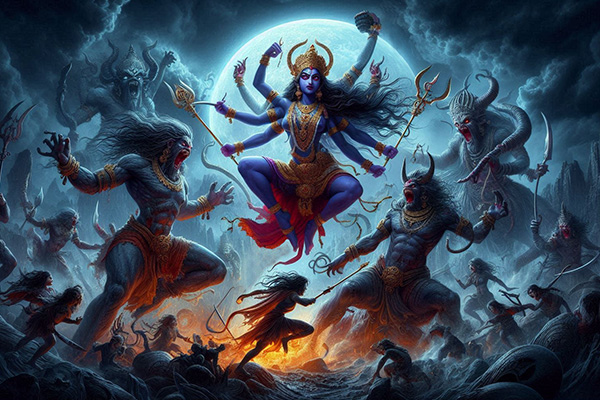
Durga Ashtami, also called Maha Ashtami, is considered the most auspicious and powerful day of Durga Puja. The Durga Ashtami story says that on this sacred day, Goddess Kali emerged from the forehead of Maa Durga to destroy the ferocious demons Chanda, Munda, and Raktabeeja. Her victory symbolizes the destruction of negativity and the triumph of divine power. This is why Durga Ashtami 2026 will be celebrated with great devotion across India.
On this day, devotees offer prayers, perform Durga Ashtami puja vidhi, and seek blessings of the goddess for strength, health, protection, and prosperity. The rituals include worshipping the 64 Yoginis and the Ashta Nayikas (eight Shaktis), who represent different forms of Maa Durga’s divine energy. These eight forms, Brahmani, Maheswari, Kaumari, Vaishnavi, Varahi, Narasinghi, Indrani, and Chamunda, are honored in the Maha Ashtami puja.
Another important ritual is the Sandhi Puja, performed at the juncture of Ashtami and Navami. It is believed that this exact moment is charged with powerful energy, and worshipping Maa Durga during this time brings immense blessings.
Why is Durga Ashtami Celebrated?
- It marks the day when Maa Durga defeated the demons and restored cosmic order.
- It is a reminder that divine feminine energy (Shakti) protects the universe.
- Ashtami benefits include removal of obstacles, success in endeavors, good health, and spiritual growth.
- Fasting and worship on Durga Ashtami vrat purify the body, mind, and soul, helping devotees align with higher energies.
Is Durga Ashtami Auspicious?
Yes, Durga Ashtami is auspicious for beginning new ventures, seeking blessings for children, and strengthening family harmony. Devotees believe that sincere prayer and following Durga Ashtami vrat vidhi on this day can destroy negative karmas and invite divine grace.
Thus, Maha Ashtami Durga Puja is not just about rituals, but about honouring the courage, purity, and power of the goddess. It is a day to remind ourselves that just like Maa Durga vanquished Mahishasura and her generals, we too can conquer fear, ego, and negativity with devotion and inner strength.
Products & Services for Durga Ashtami from Rudra Centre
9 Mukhi Rudraksha

9 Mukhi Rudraksha represents Goddess Durga (Shakti). Wearing this bead blesses you with energy, fearlessness, dynamism, wisdom, and abundance on the powerful day of Durga Ashtami 2026. Click on the link to buy 9 Mukhi Rudraksha.
Durga Idols

Durga idols symbolize divine power, determination, and the destruction of negative energies. Keeping a Durga idol at home or workplace attracts prosperity, protection, and blessings of Maa Durga. Click on the link to buy Durga Idols.
Durga Yantra

The Durga Yantra radiates strength, protection, and the triumph of good over evil. Installing this yantra at home or office helps remove negativity and ensures divine blessings during Maha Ashtami Puja. Click on the link to buy Durga Yantra.
Special Durga Pujas
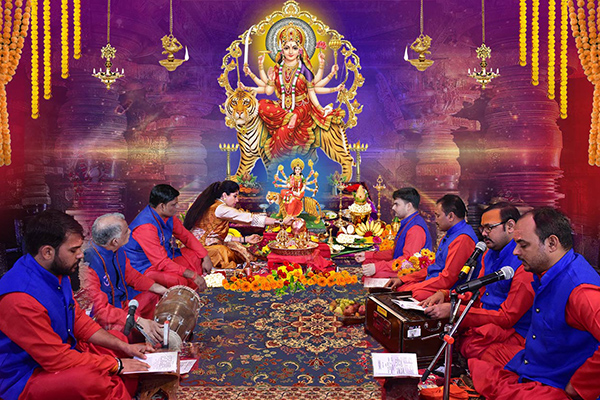
Performing Durga Puja and Yajna on Durga Ashtami is highly recommended. These rituals invite blessings of health, protection, success, and courage while removing obstacles from life. Click on the link to book Durga Pujas.


-in-Astrology.jpg)

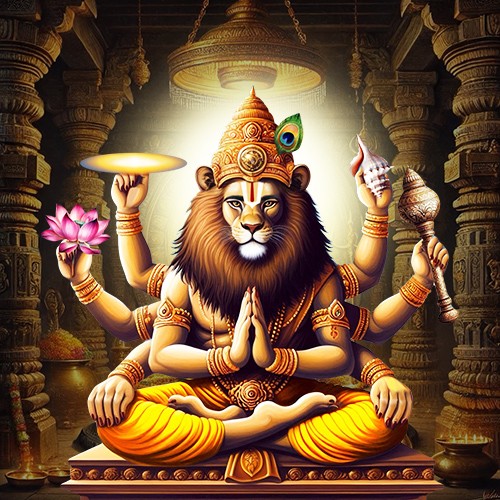
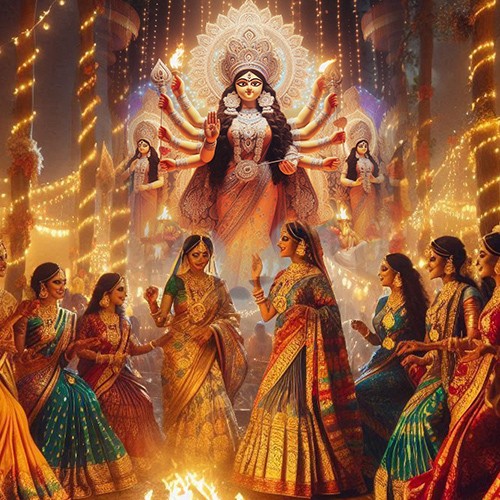
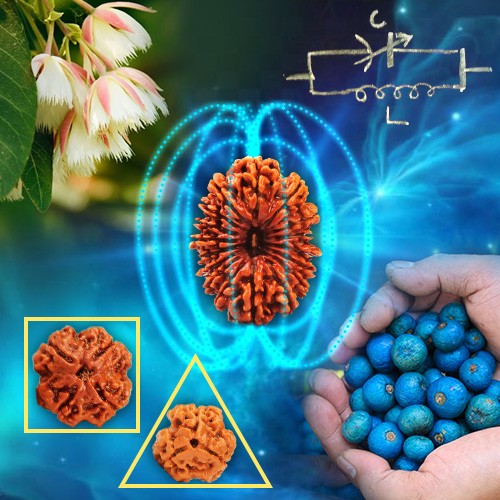


.jpg)
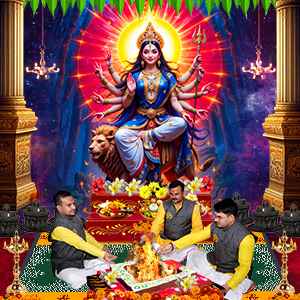
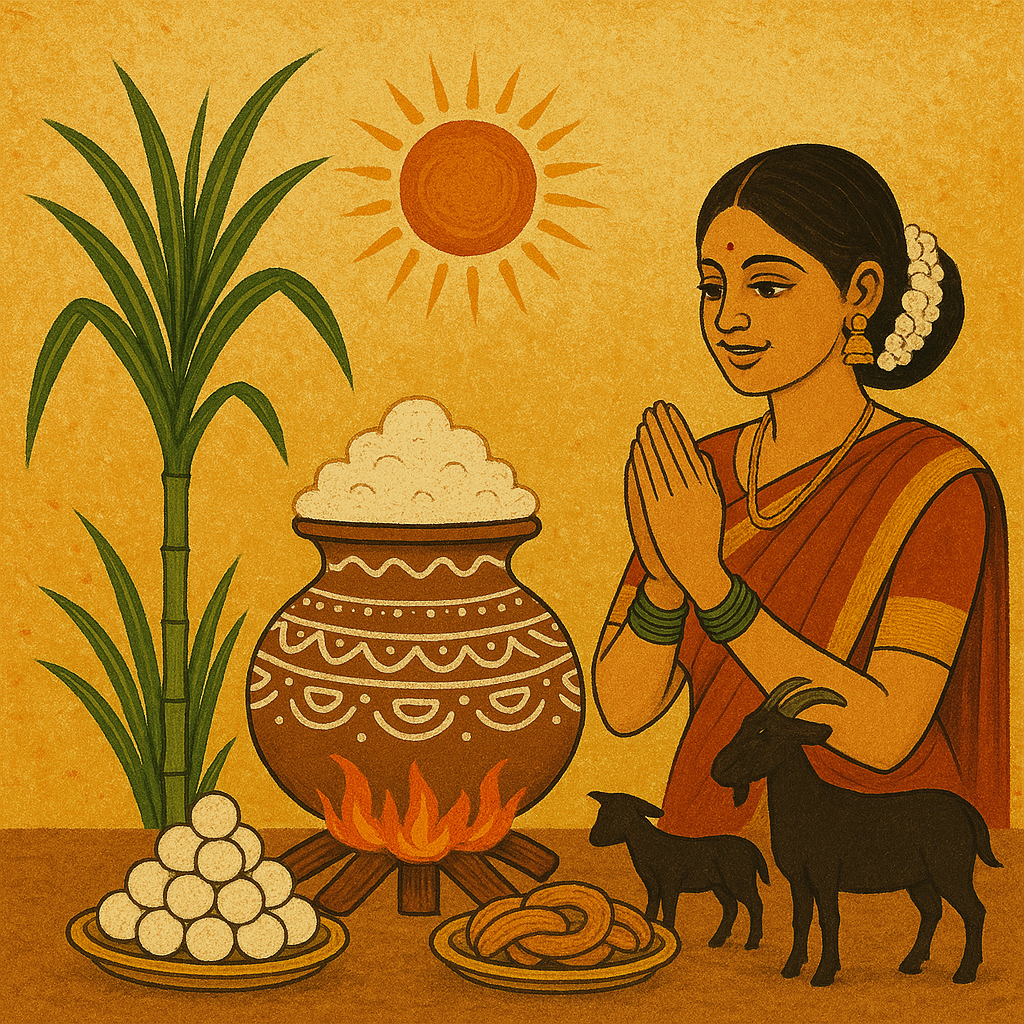
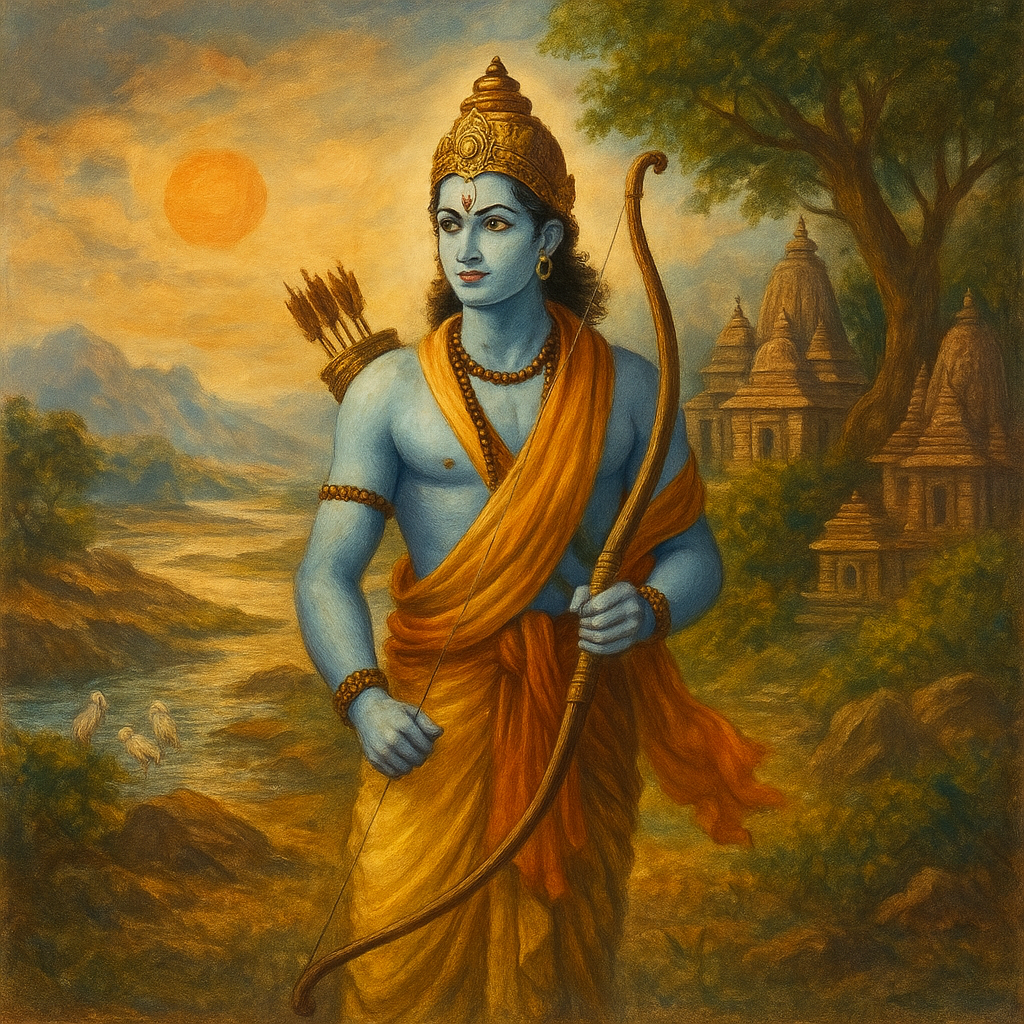
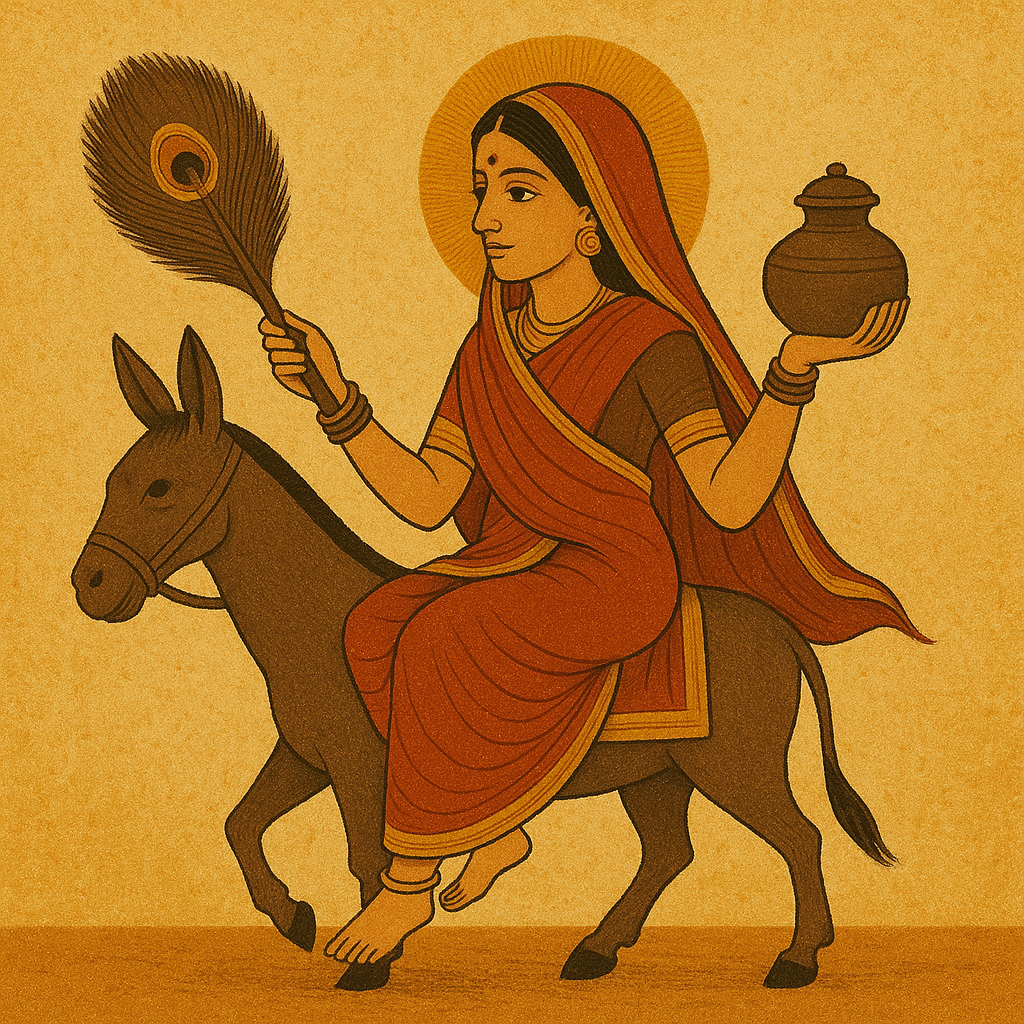
Comments 0
Leave your thought here